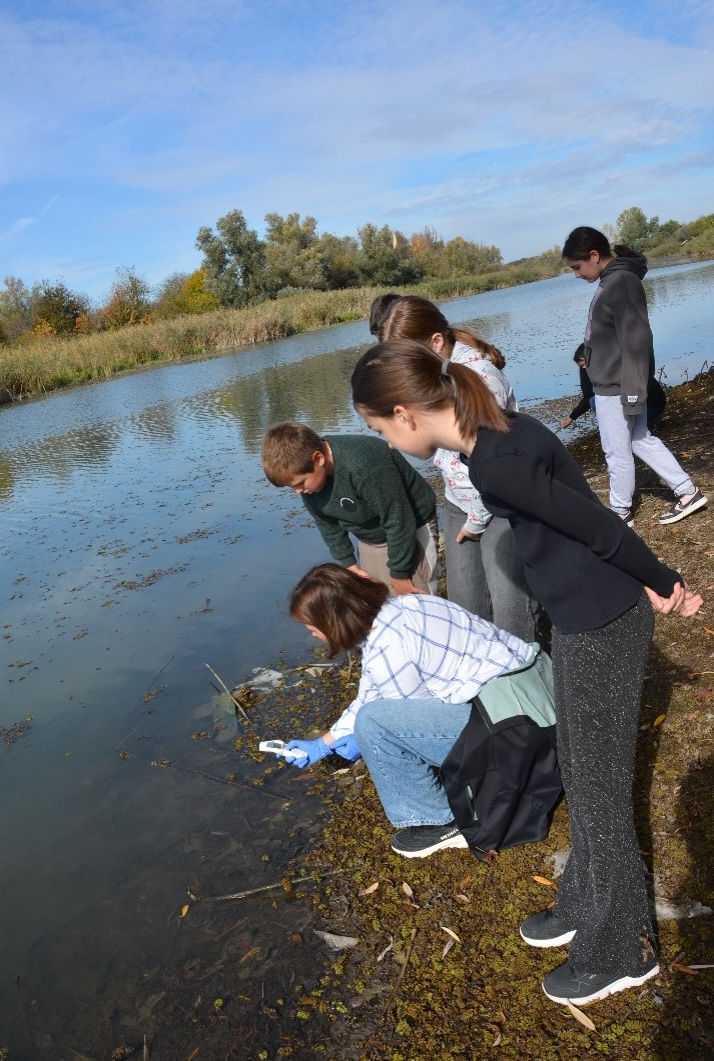"Sustainability Meets Economy"
- primozskrt6
- Dec 18, 2024
- 2 min read
Interview with Helmut Habersack: How Nature-Based Solutions Drive River Restoration and Economic Goals

Helmut Habersack, Lead Project Coordinator of DANUBE4all, is a Full Professor of Hydraulic Engineering and Modelling at the University of Natural Resources and Life Sciences Vienna (BOKU), Austria. With over 25 years of experience in sediment transport, river engineering, restoration, and eco-hydraulics, Helmut heads the Institute of Hydraulic Engineering and River Research at BOKU and has authored over 100 scientific papers. His expertise includes organizing international conferences on the future of the world's rivers, and he remains a global thought leader in water and environmental sustainability.
Helmut Habersack explains how sustainability and economy can work together through the innovative Win2 concept, which seeks to achieve environmental and economic goals simultaneously. By reconnecting floodplains or implementing Nature-Based Solutions (NBS), investments in river restoration not only enhance biodiversity and reduce flood risks but also create green jobs, supporting the EU Green Deal's ambitious targets for free-flowing rivers.
Can river restoration achieve environmental and economic goals at the same time? Can you explain the concept of Win2NBS and provide an example of how it works in practice?
In DANUBE4all we are aiming to develop Win2 Nature-Based Solutions (Win2NBS) in order to reach environmental and economic goals at the same time. For example, floodplain reconnection will contribute simultaneously to a reduction of flood risk, drought risk and an improvement of biodiversity. In practice, infrastructure investment i.e. the investment in river restoration and specifically Win2NBS in itself, due to the need for people planning and constructing the measure, leads to comparable economic effects by multiplying the investment.
What are Nature-Based Solutions (NBS), and how do they differ from traditional approaches?
According to the definition of the United Nations Environment Assembly (UNEA-5)NBS are: “Actions to protect, conserve, restore, sustainably use, and manage natural or modified terrestrial, freshwater, coastal, and marine ecosystems, which address social, economic, and environmental challenges effectively and adaptively, while simultaneously providing human well-being, ecosystem services, resilience, and biodiversity benefits, and recognizes that nature-based solutions … respect social and environmental safeguards " (UNEA, 2022).
In DANUBE4all we specifically developed a methodology to evaluate river restoration measures with respect to gradual assignment to NBS according to the definition. With this assignment, a new approach was found to allow a more specific measure evaluation including also the contribution to Ecosystem Services.
How can investing in river restoration benefit the economy and support the EU Green Deal goals?
Consulting and construction companies employ people to design and build the river restoration measures. These can be considered as green jobs leading to micro and macro-economic benefits, including small and medium enterprises. Furthermore, the Danube River Restoration measures will contribute to the Green Deal Goal to restore 25.000 km of free-flowing rivers.
Want to learn more? Check our first results related to this topic:






